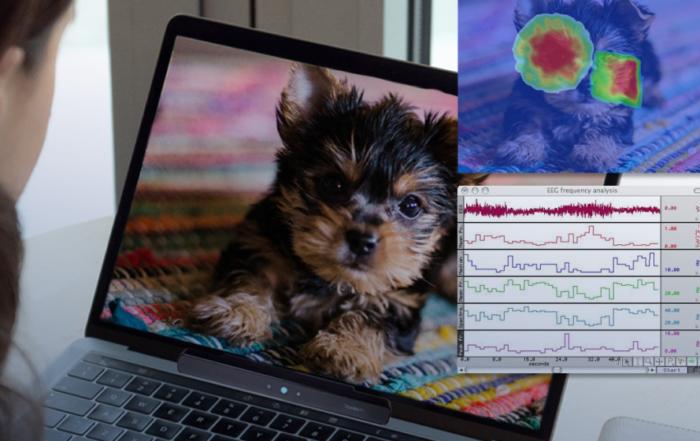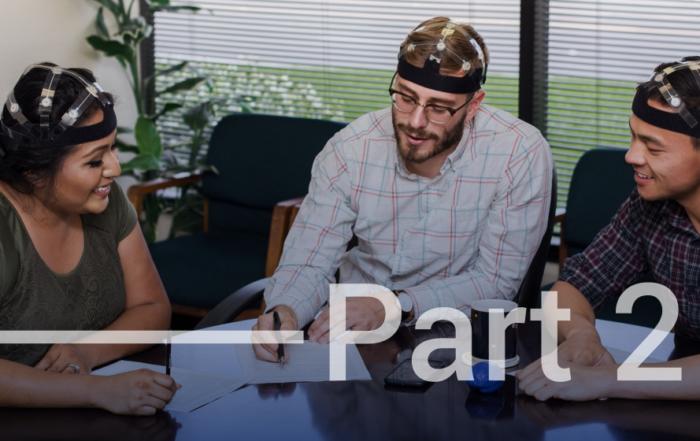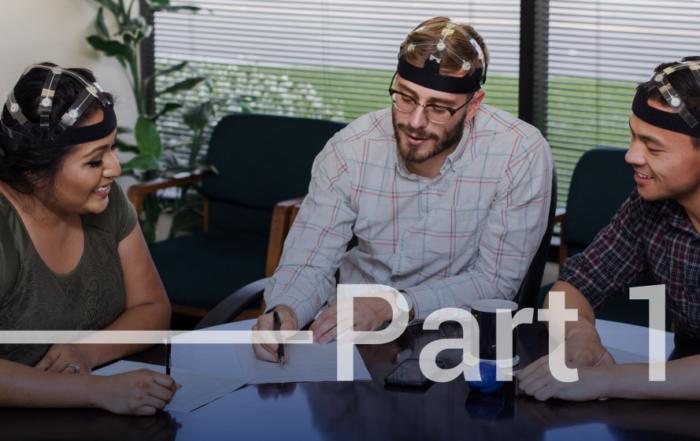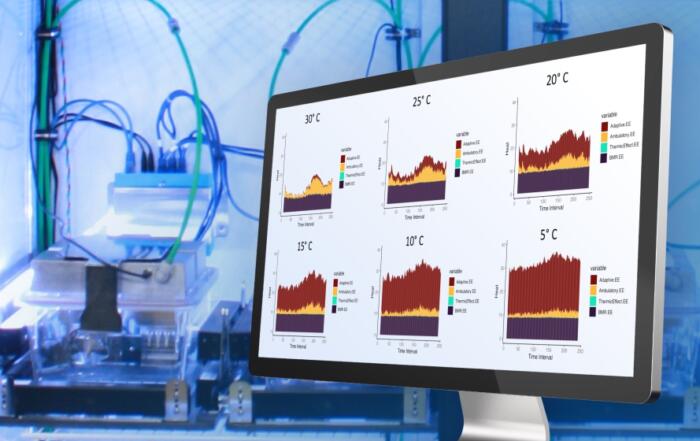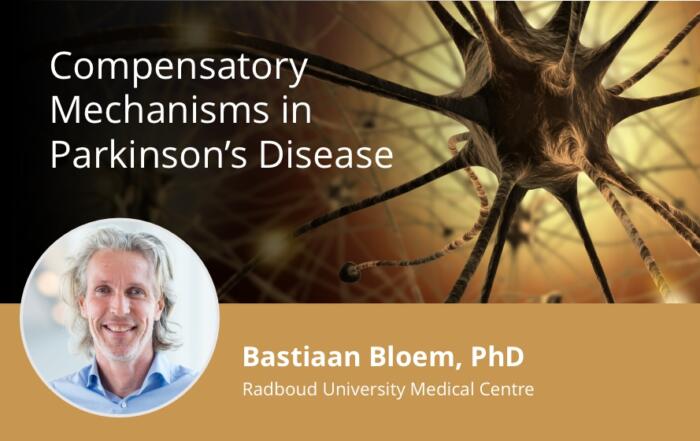Are you interested in getting started with fNIRS?
fNIRS is growing in popularity as a tool for studying human cognition including workload, memory, learning, attention and more. It is now easier than ever to incorporate these valuable techniques into your experiments.
Join Alex Dimov for a compelling exploration of using fNIRS in your research. During this webinar, Alex will present a lightweight, ergonomic, and easy-to-use ecosystem of recording hardware and software. In addition, he will demonstrate each step of the process—from setting up the participant to running an experiment and analyzing the results.
Key Topics Include:
- Operate fNIRS equipment
- Record high quality data
- Perform an experiment
- Analyze data
- Synchronize with other physiological signals
- Synchronize with stimulus presentation
- Categories: Human Physiology, Neuroscience
- Tags: brain imaging, cognitive neuroscience, fNIR spectroscopy, fNIRS, human physiology, neural activity, Neurofeedback, Neuroimaging
Presenters
Alex Dimov
European Sales Manager & fNIR Expert
BIOPAC Systems, Inc
Alex Dimov (BIOPAC Systems, Inc.) has been teaching workshops on the topic of physiological data acquisition and analysis for nearly 15 years. While at UC Santa Barbara he was an instructor for The Advanced Training Institute for Virtual Reality in Social Psychology. He joined BIOPAC as an application specialist and now oversees European Sales for BIOPAC.
Webinar Host
Additional Content From BIOPAC Systems Inc.
One Tool for Stimulus Presentation, Eye Tracking & Physiology Data
Experts discuss how to synchronize eye-tracking equipment with stimulus presentation, and physiological data.
Multiparticipant or Large Groups | Recording from Multiple Participants Part II
Experts discuss multiparticipant or large group experiments, highlighting how to set up participants, optimize workflow, and synchronize data.
Dyadic Interactions Involving Parents, Children, Couples, and More | Recording from Multiple Participants Part I
Experts discuss dyadic experiments, highlighting why equipment should be unobtrusive, the importance of tightly synchronized data, and how to select the right equipment based on your experimental objective.
Related Content
Clambake: An Algorithm to Decode Energy Expenditure Data from Metabolic Cages
In this webinar, Dr. Jonathan Brestoff discusses his research on metabolism and a new method to quantify metabolic data known as Clambake.
Updates in Chronic Traumatic Encephalopathy (CTE)
Dr. Ann McKee will describe the emergence of chronic traumatic encephalopathy (CTE) as a distinct disease over the past 20 years.
Compensatory Mechanisms in Parkinson’s Disease
Bas Bloem, MD reviews compensatory mechanisms, including cerebral plasticity and behavioral adaptation, in persons with Parkinson's disease.


